By Louise Irvine
Liberty’s of London offered one of the most exciting shopping experiences of the Arts & Crafts era. The emporium was founded by Arthur Lasenby Liberty in 1875 to sell ornaments and objets d’art from Japan and the East. In the 1880s, Liberty began collaborating with distinguished designers such as E.W. Godwin whose artistic dress challenged haute couture fashions from Paris. The new Liberty fabrics were used for clothing and decorative furnishings for the “House Beautiful”. Liberty’s stated purpose was “the production of useful and beautiful objects at prices within the reach of all classes”. The Regent Street store quickly became the most fashionable place to shop in London, attracting famous artists from the Pre-Raphaelite Brotherhood and aesthetes such as Oscar Wilde.
Yule-Tide Gifts
Liberty’s was at the vanguard of the consumer revolution and used all types of promotional techniques including exhibitions, catalogs, print advertisements, and elaborate product merchandising to create a seductive customer experience. Their annual holiday catalog Yule-Tide Gifts offered an extensive selection of “quaint, artistic and inexpensive wares”. The Liberty bazaar catered to all tastes and budgets from cottage chic with its rustic fumed oak furniture and colorful crockery to customized Arts & Crafts interiors for more affluent clients with gleaming mahogany cabinets filled with iridescent luster glazed pottery.
Art Nouveau
Liberty furniture became known for its stylized nature motifs and pierced ornamentation reflecting British Arts & Crafts designs by William Morris, Charles F. A. Voysey, and Charles Rennie Mackintosh. Their association with designers of the “new style” was so influential that in France, Art Nouveau became known as the Stile Liberty after the shop. Liberty offered furniture designs from their own workshops and specialist cabinet makers such as J.S. Henry of London and Shapland & Petter in Barnstaple, Devon. WMODA has two gorgeous mahogany cabinets by Shapland & Petter with inlaid fruitwood and abalone designs of peacocks and flowers.
Fine Feathers
Peacock feathers were a popular decorative motif during the Aesthetic period. Oscar Wilde adorned his rooms with peacock feathers, blue and white china, and other objets d’art. The peacock inspired one of Liberty’s most iconic fabrics called Hera after the Greek Goddess associated with the spectacular fowl. The popular press ridiculed the intense aesthetes who would “start with joy ecstatic to behold a peacock feather” as in the 1881 Ballad of the Decorative Sisters. Obviously, they did not believe the superstition that bringing peacock feathers into the house destines an unmarried woman to become an old maid!
Florian Ware
Liberty’s was one of the first retailers of Macintyre’s Florian Ware which was designed in 1898 by William Moorcroft. The 1901 issue of Yule-Tide Gifts featured the new slip trailed art pottery decorated with flowers and peacock feathers in cream colors relieved with olive green. The following year, the holiday catalog depicted Burslem Ware in deep shades of blue and green named after the Potteries town where Moorcroft worked. Like Liberty’s, William Moorcroft was inspired by nature and his interest in organic forms led to his enduring design principal that ornament should be used to emphasize form and never applied for its own sake. Moorcroft abhorred the worst excesses of Art Nouveau, which he described as a disease, and his pottery was thrown on a wheel to allow the form to develop organically. William Moorcroft’s studio at Macintyre’s received international recognition when the gifted young artist won a gold medal at the St. Louis exhibition of 1904 and again in Brussels in 1910.
Moorcroft & Liberty
Moorcroft’s designs were so successful at Liberty’s that they were given their own names and backstamps for the shop. The Florian Toadstool design became known as Claremont and Hazeldene was the name given to the green tree and landscape design. Flamminian was a luminous red glaze which was created especially for Liberty. When Macintyre’s closed their art pottery department in 1913, Liberty’s became major investors in Moorcroft’s new factory in Cobridge. During the 1920s, Moorcroft’s famous Powder Blue glazed tableware was used in Liberty’s fashionable Tudor Tearooms. The financial partnership between Moorcroft and Liberty continued until the 1960s but the association continued through the 1990s with the launch of the new Moorcroft Design Studio. Sally Tuffin designed a striking pattern of peacock feathers exclusively for Liberty’s.
Tudric Wares
Liberty’s growing interest in metalwork led to their 1901 purchase of shares in the Birmingham firm of W.H. Haseler. The versatile designer, Archibald Knox, produced hundreds of silver designs for Liberty’s Cymric brand and the pewter equivalent known as Tudric. Various Moorcroft pottery shapes in at least six patterns were mounted with Haseler’s hammered Tudric pewter and sold through Liberty’s and other retailers. Liberty’s also sold Tudric pewter cigarette boxes with enamel plaques mounted in the lids. Charles Fleetwood Varley specialized in painting these enamel plaques with idyllic rural scenes.
A Potted History
As well as metalwork, Archibald Knox also designed terracotta garden urns and plant pots with Celtic designs for Liberty’s. These were made at the Compton Potters’ Art Guild near Guildford in Surrey which was established in 1900 to give local workmen the opportunity to improve their lives through their own creative handiwork. The London artist-potter William De Morgan helped with the installation of the wood-fired kiln. De Morgan’s tiles were often incorporated in Liberty’s interior designs set into fireplaces or washstands. For a brief period, the Doulton Potteries in Lambeth made barbotine style clocks and vases with Honesty seed pods especially for Liberty’s but these are very hard to find today.
Greenery-Yallery
Not everybody was complimentary about Liberty’s emporium. Gilbert & Sullivan satirized the “greenery- yallery” style favored by the aesthetes in their comic opera Patience. Punch magazine also mocked the the most affected customers in their cartoons. The designer C. R. Ashbee scathingly referred to the retailer as Messrs. Nobody, Novelty & Co, no doubt because they competed with his own Guild of Handicrafts! Despite their detractors, Liberty & Co. were a vital force in popularizing the British Arts & Crafts Movement.
Read more about peacocks in the fired arts...
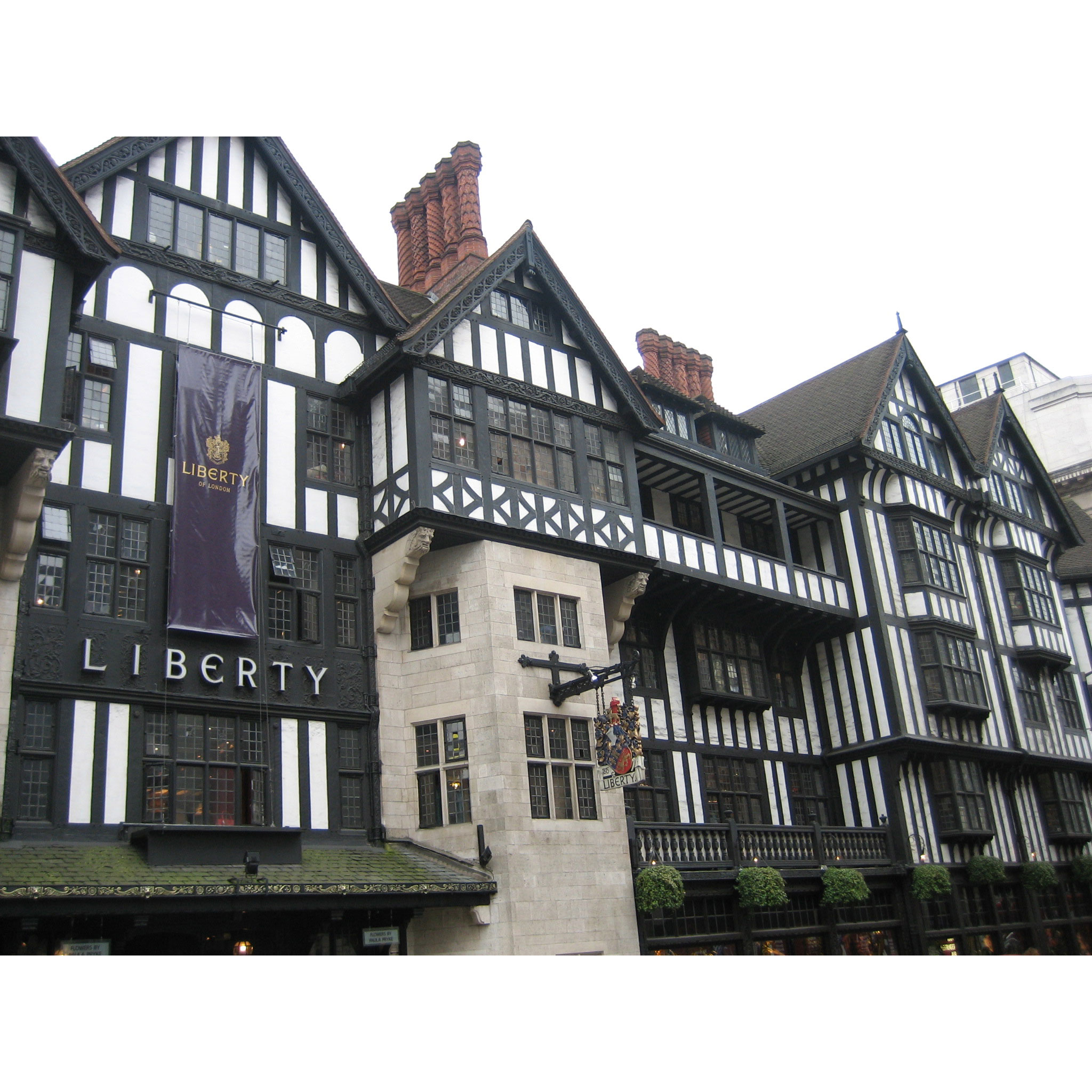
Liberty & Co. London
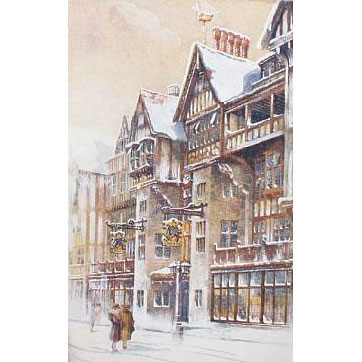
Liberty Catalog
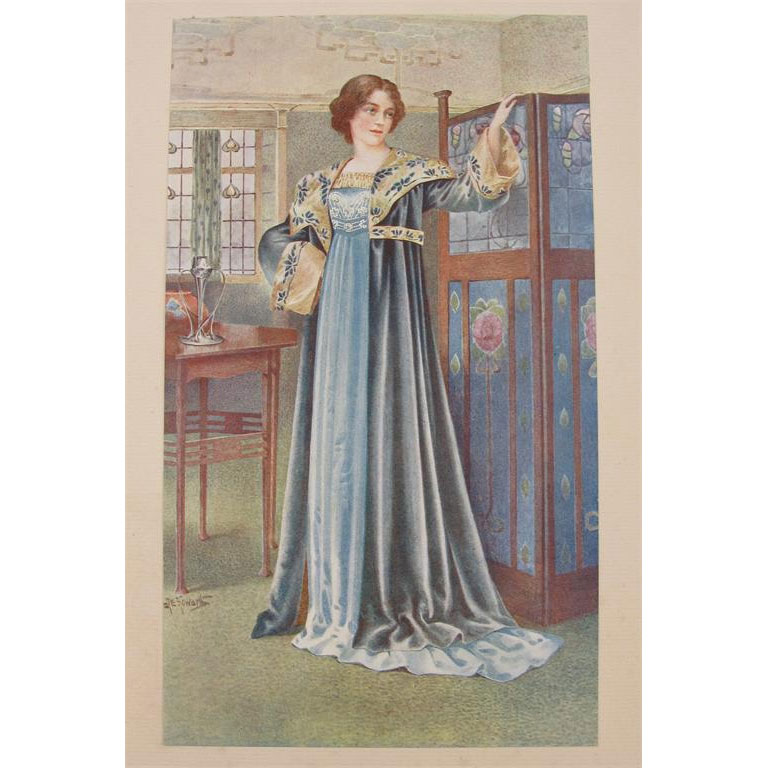
Liberty Dress & Decoration
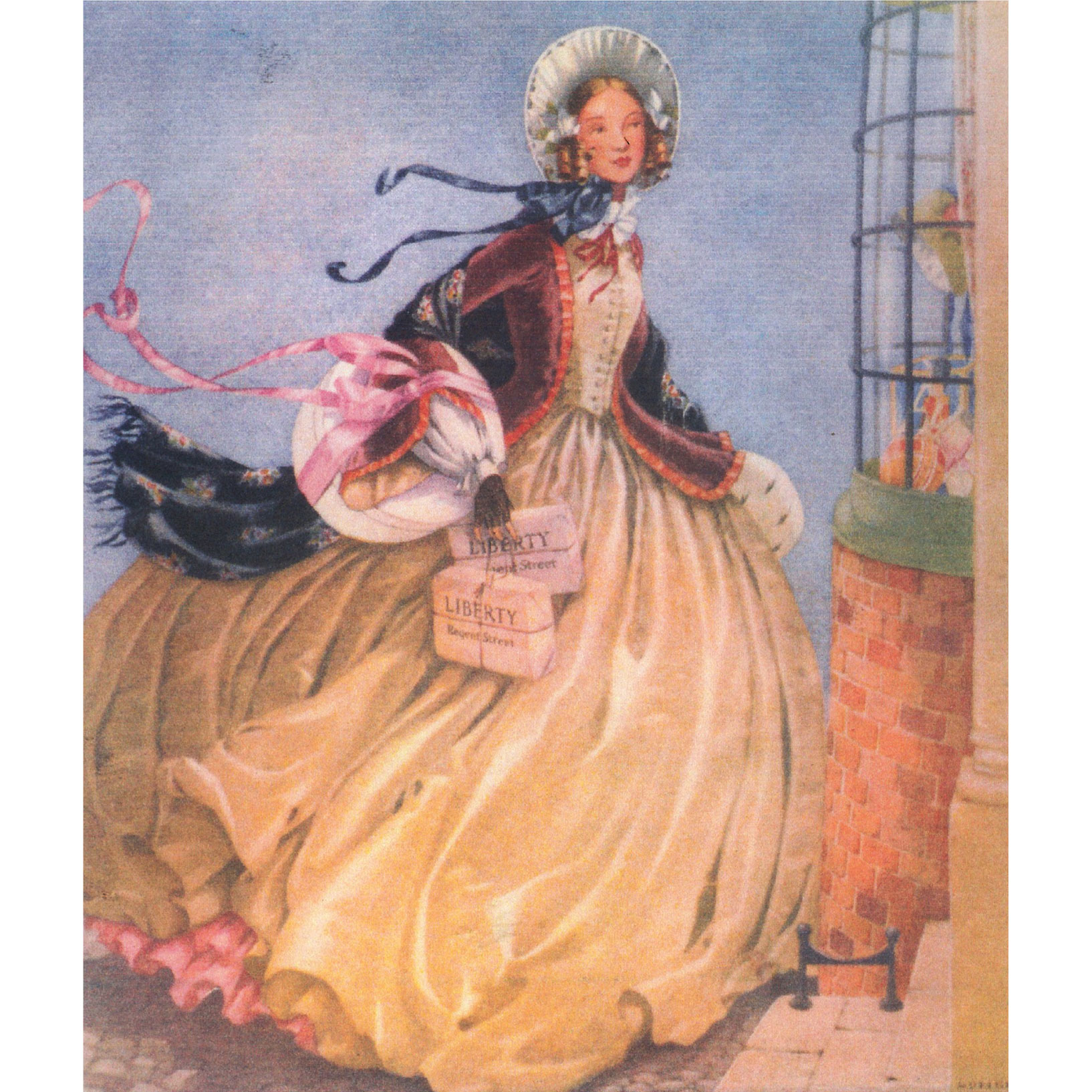
Liberty Promotional Card
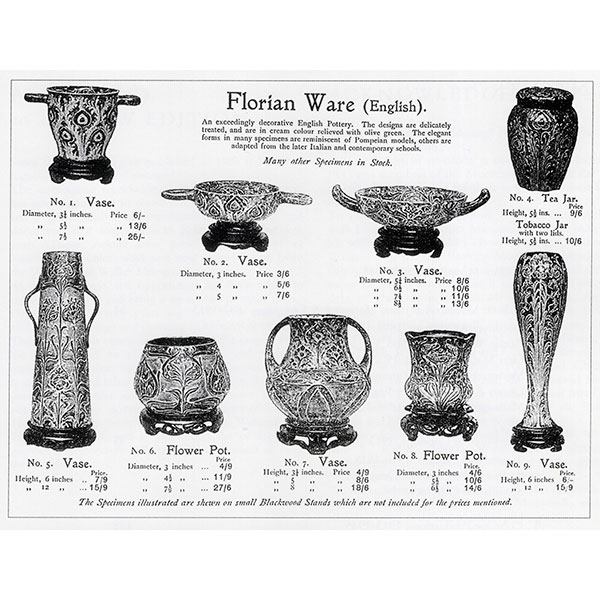
Florian Ware in Liberty's Yule Tide Catalog
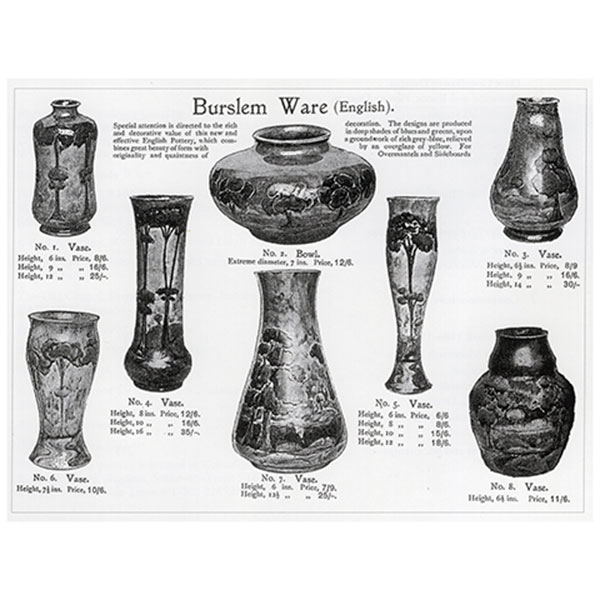
Burslem Ware in Liberty's Yule Tide Catalog
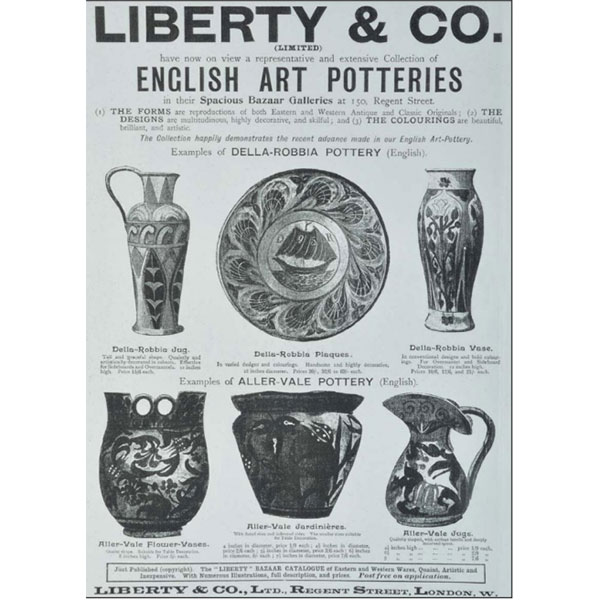
Liberty Advertisement Magazine of Art 1896
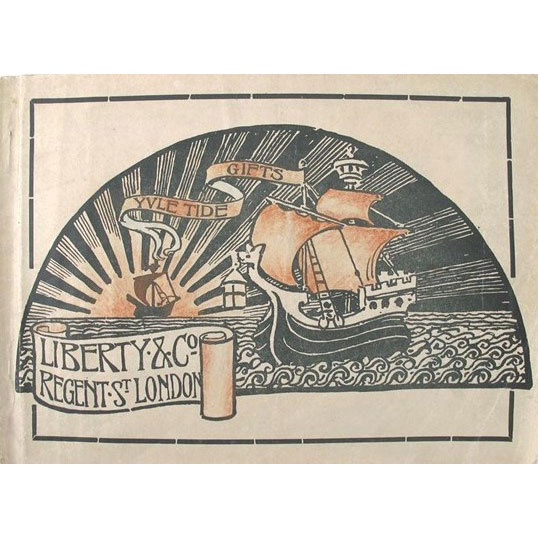
Liberty Promotional Card
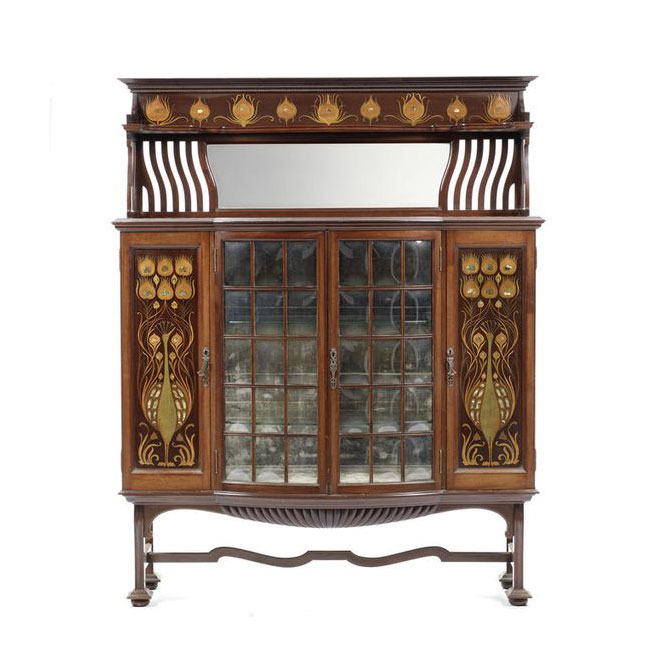
Shapland & Petter Cabinet
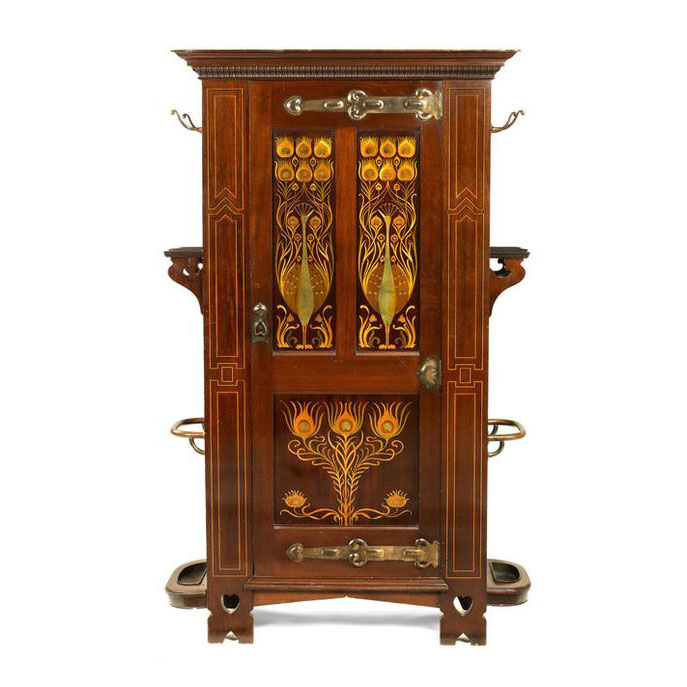
Shapland & Petter Hall Cabinet
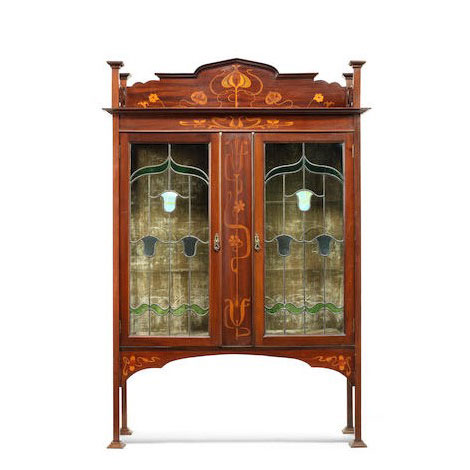
Liberty Style Cabinet
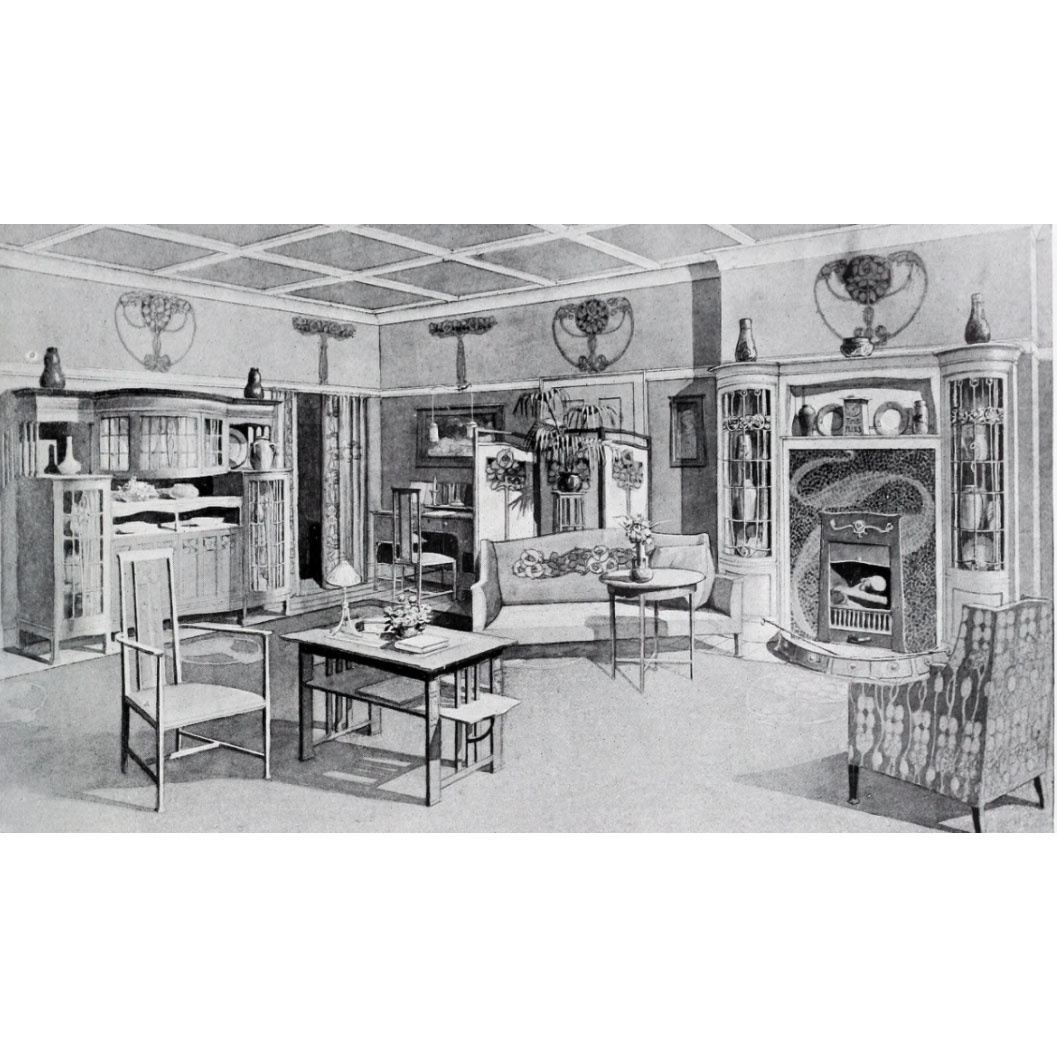
Liberty Drawing Room with Mahogany Furniture Art Journal 1905
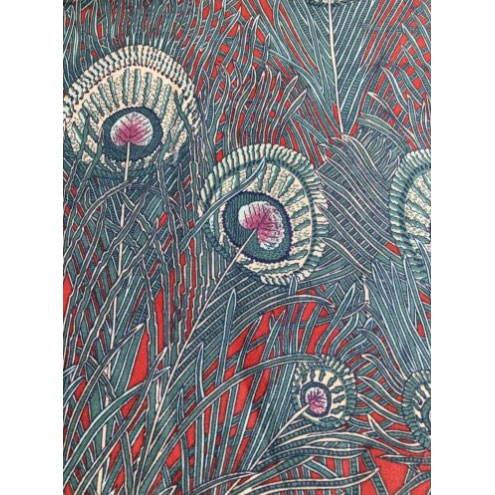
Liberty Hera Fabric by Arthur Silver
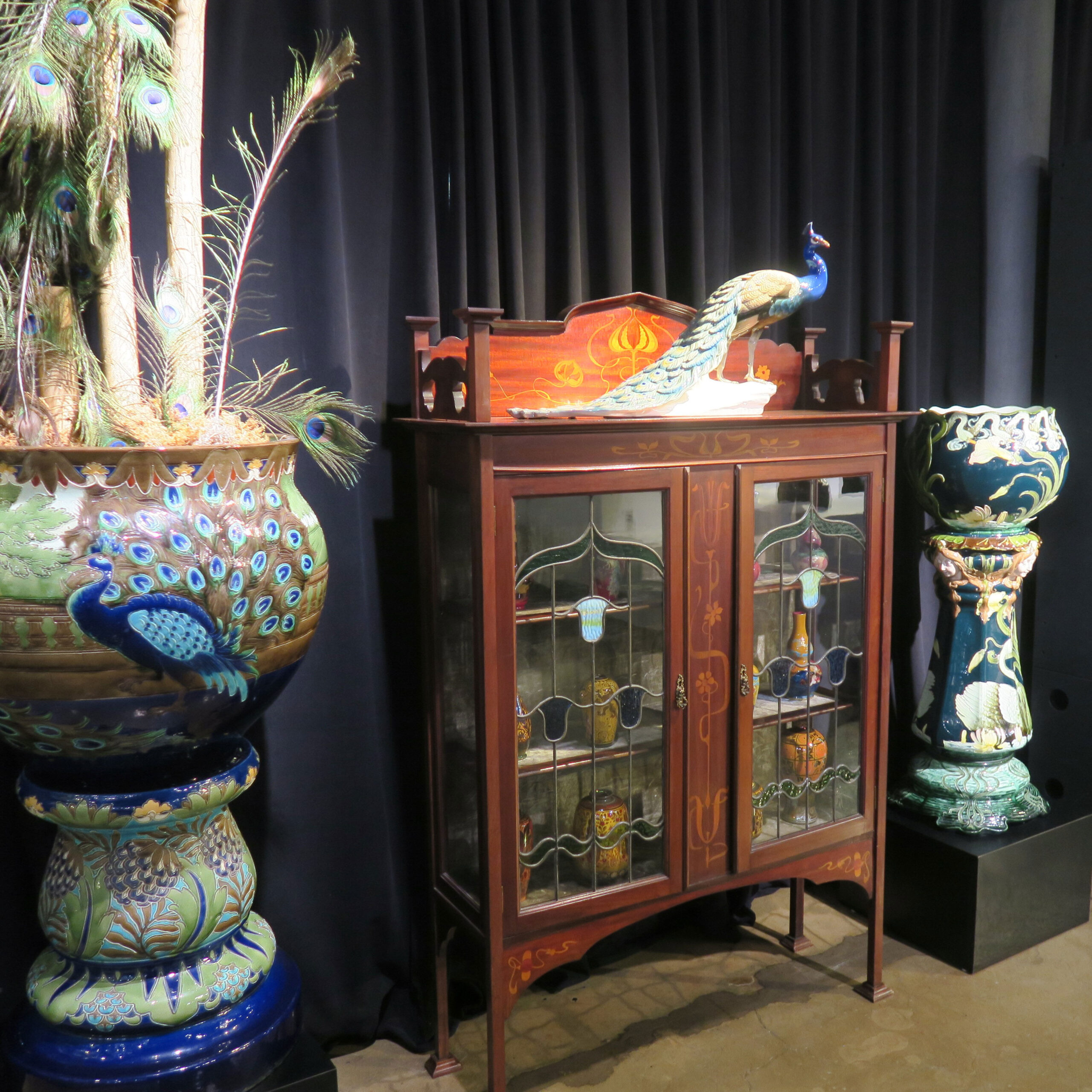
Liberty Style Cabinet WMODA
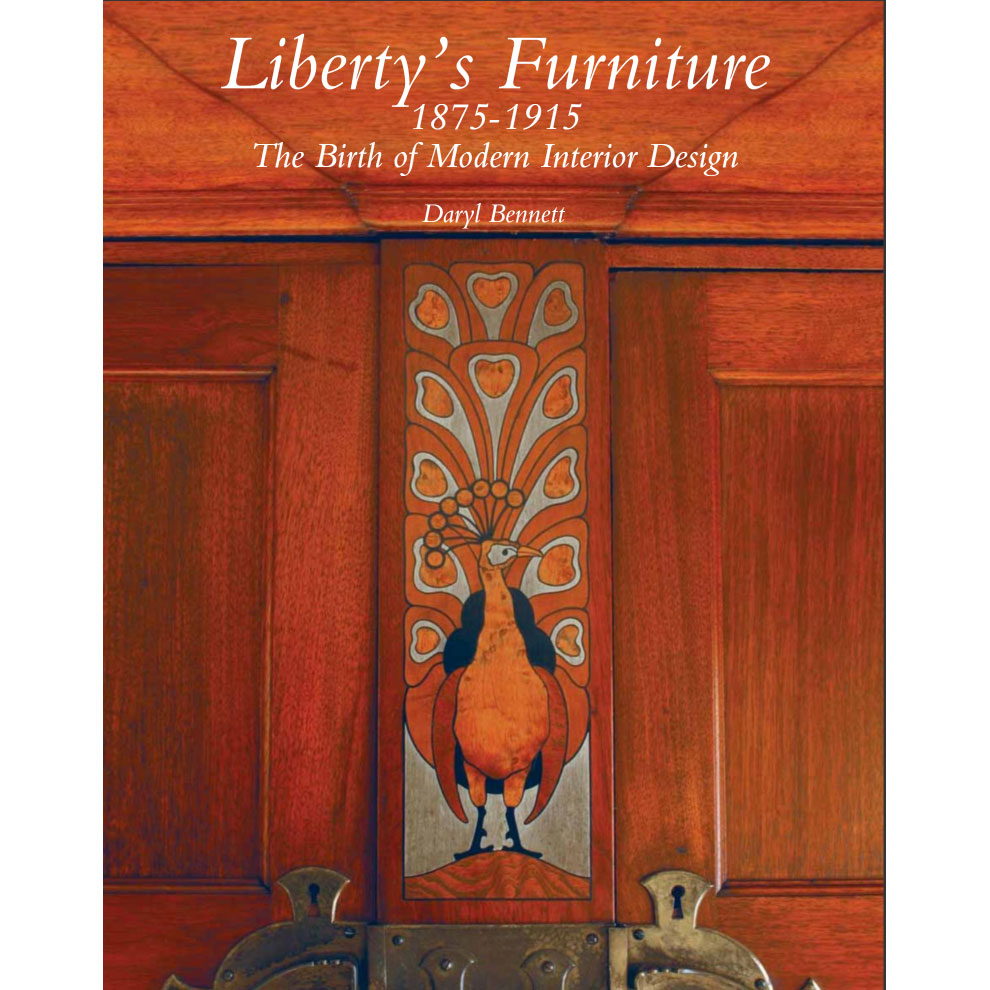
Liberty's Furniture Book by Daryl Bennett
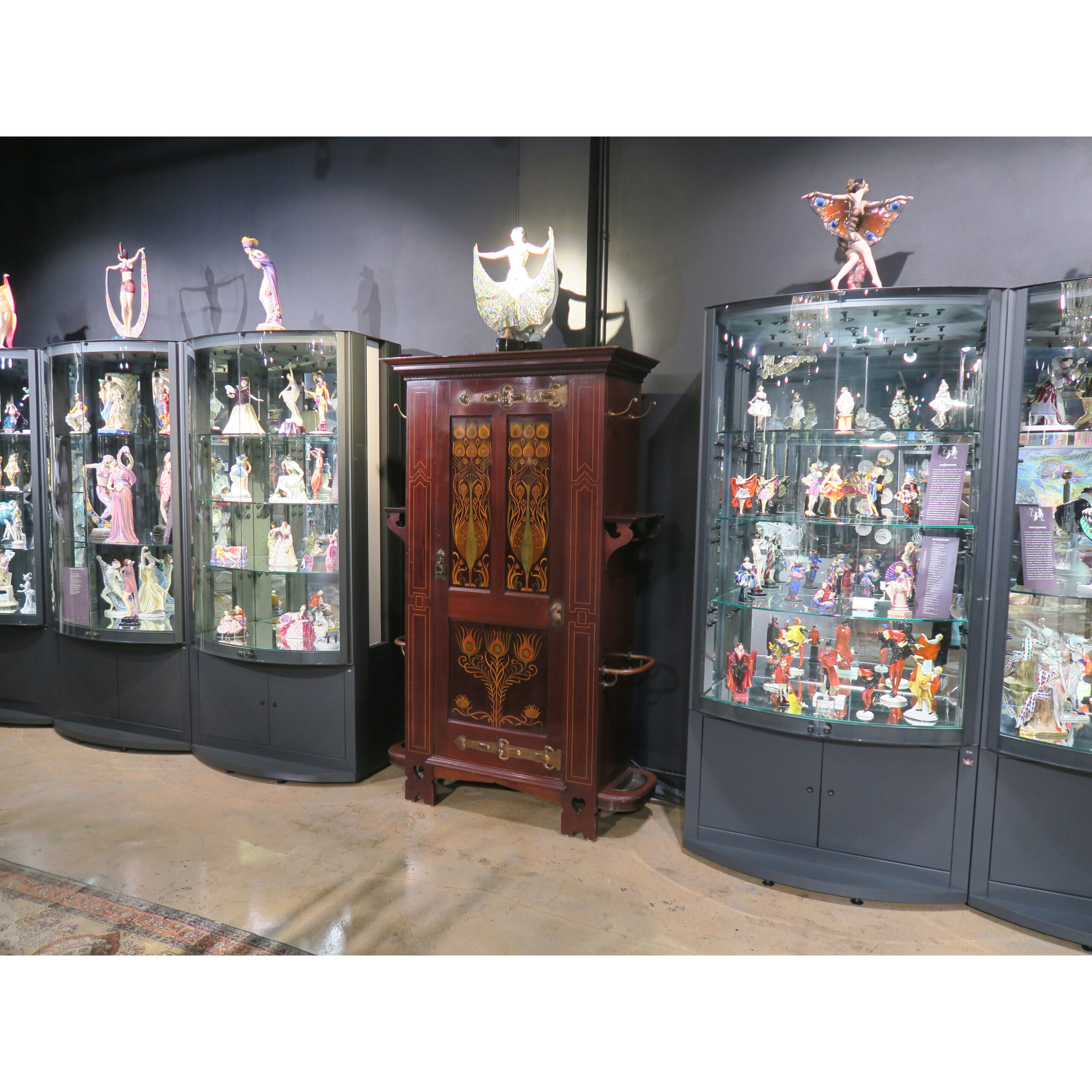
Shapland & Petter Cabinet WMODA
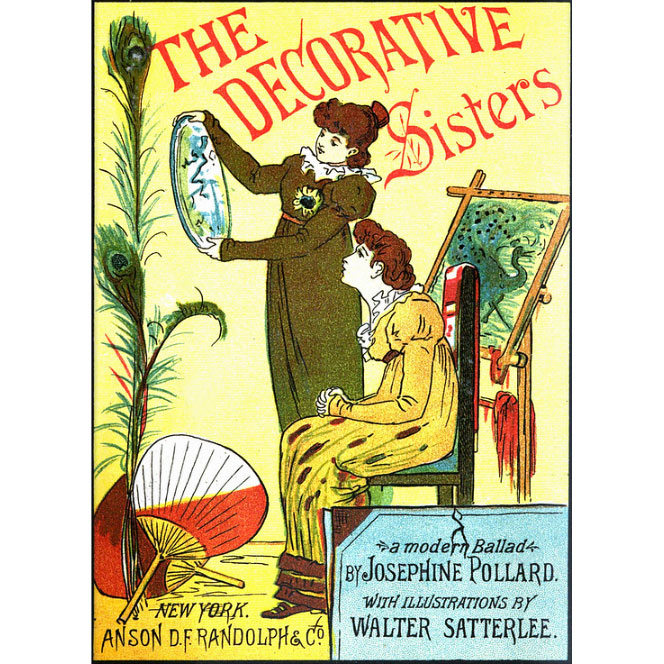
The Decorative Sisters
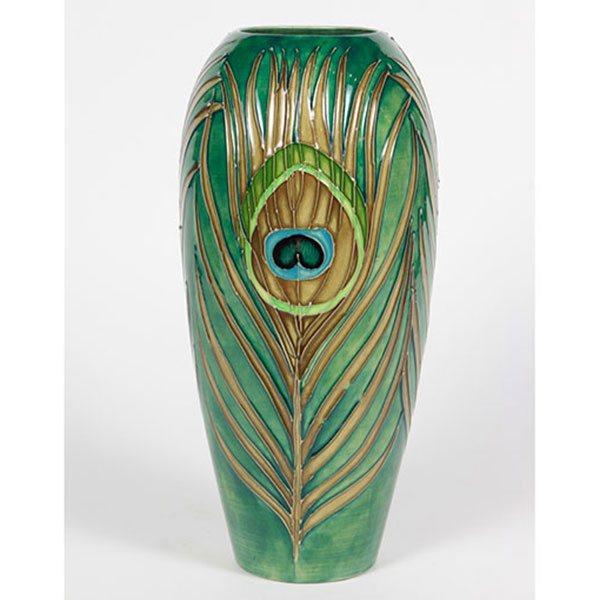
Moorcroft Liberty Peacock by Sally Tuffin
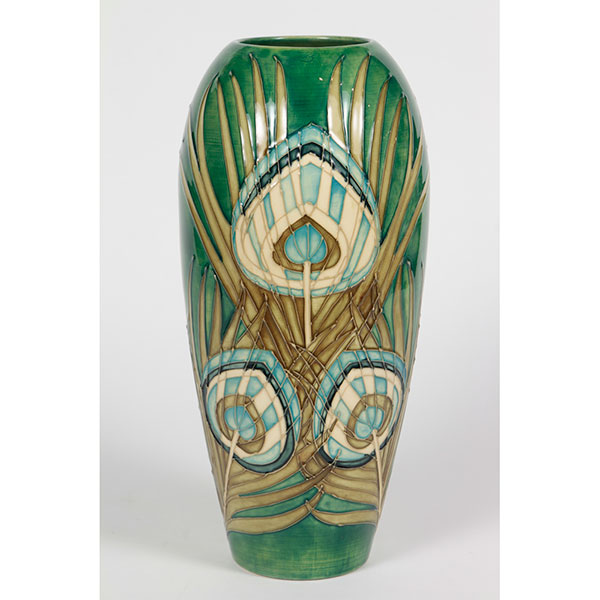
Moorcroft Liberty Peacock by Sally Tuffin
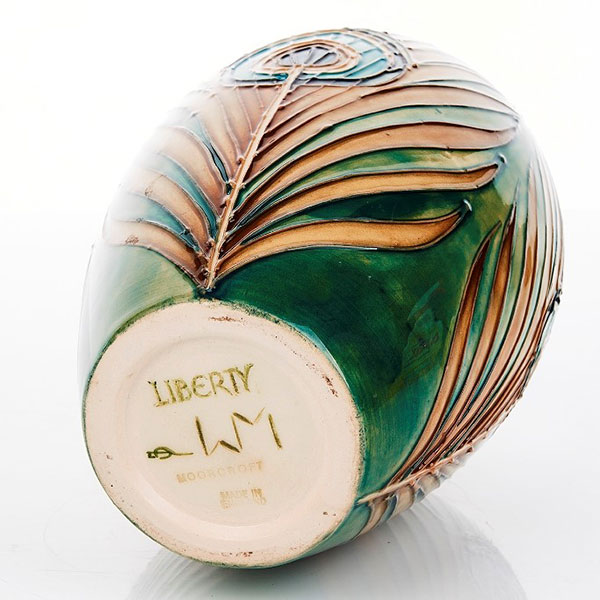
Moorcroft Liberty Peacock Base
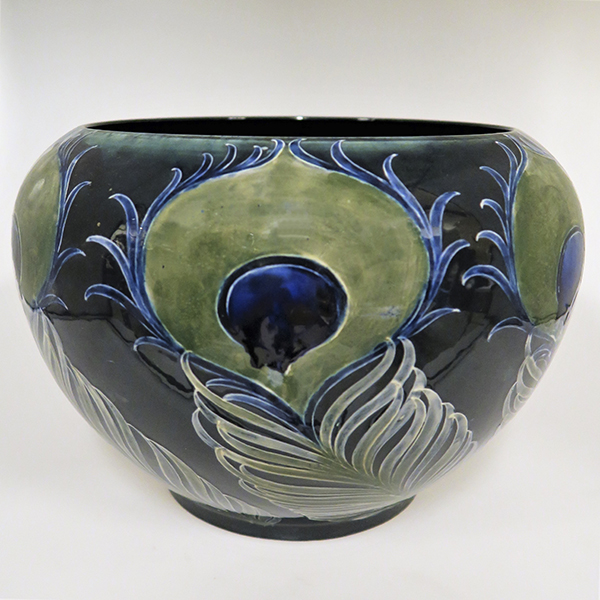
Moorcoft Peacock Planter
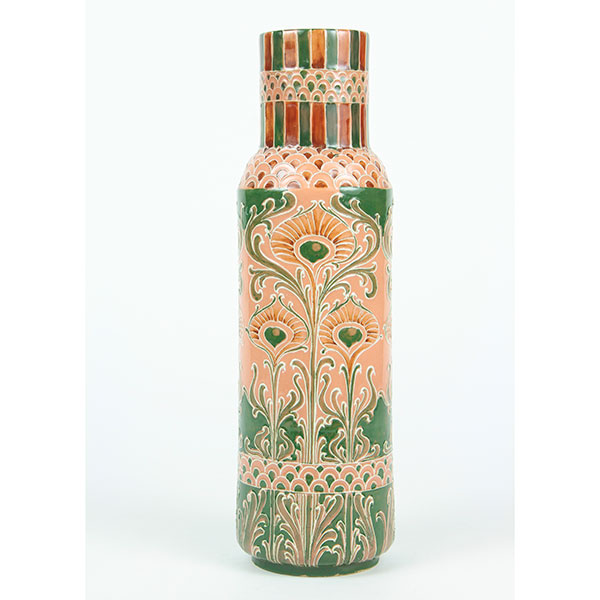
Moorcroft Florian Peacock Vase
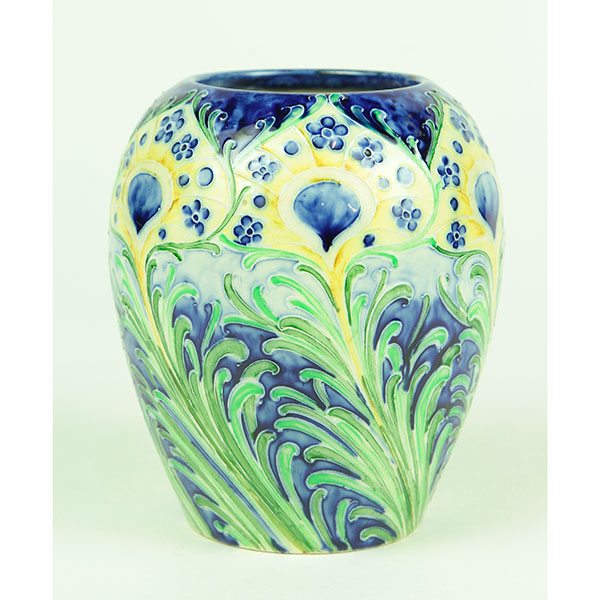
Moorcroft Liberty Peacock Vase
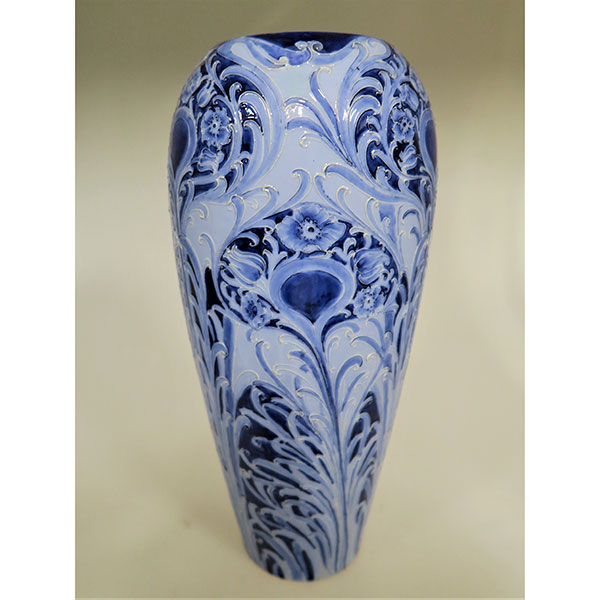
Moorcroft Florian Peacock Blue
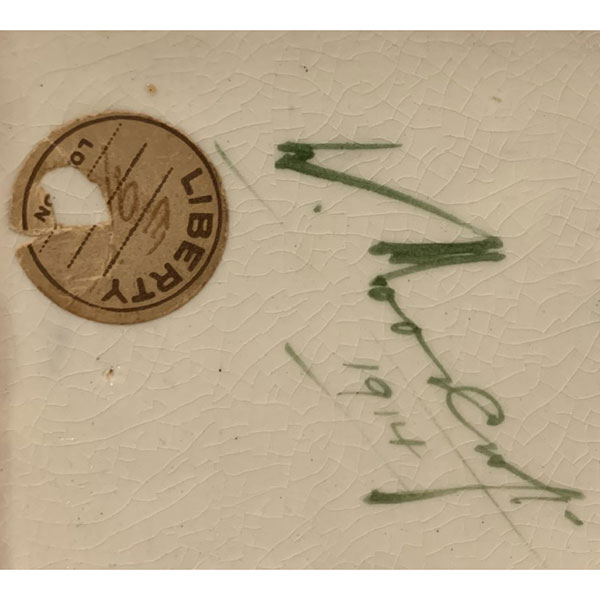
Moorcroft Liberty Label
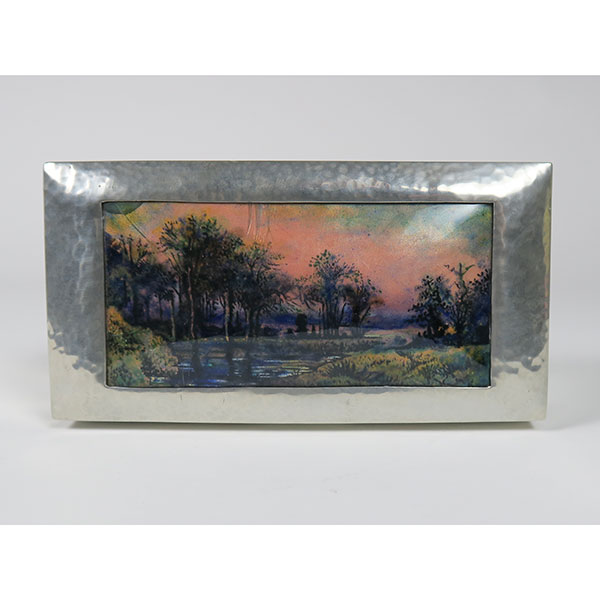
Tudric Box for Laing Glasgow
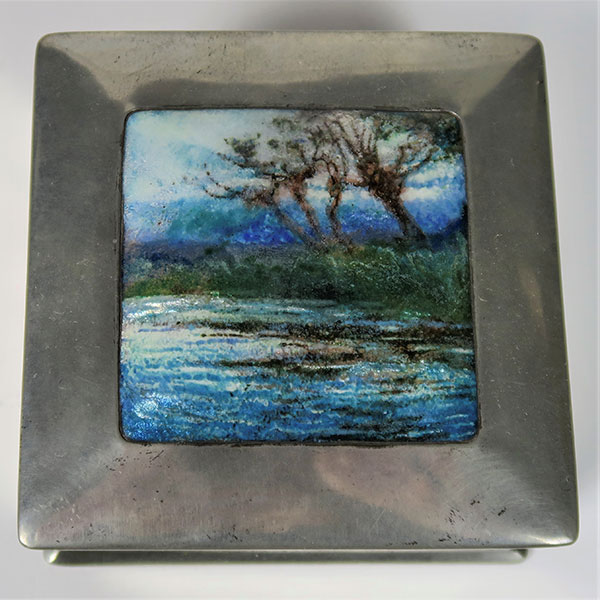
Tudric Box for Liberty & Co.
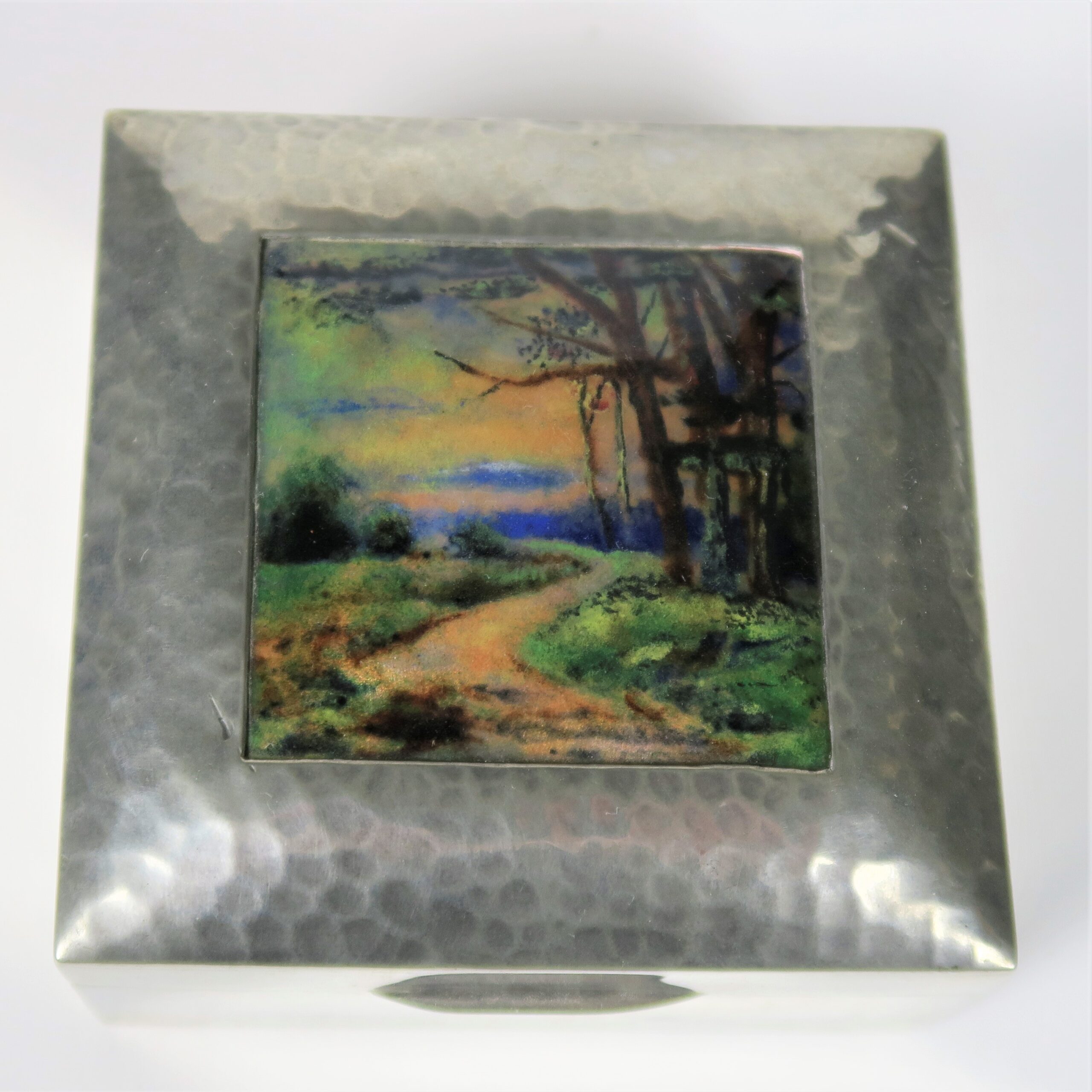
Tudric Box for Liberty & Co
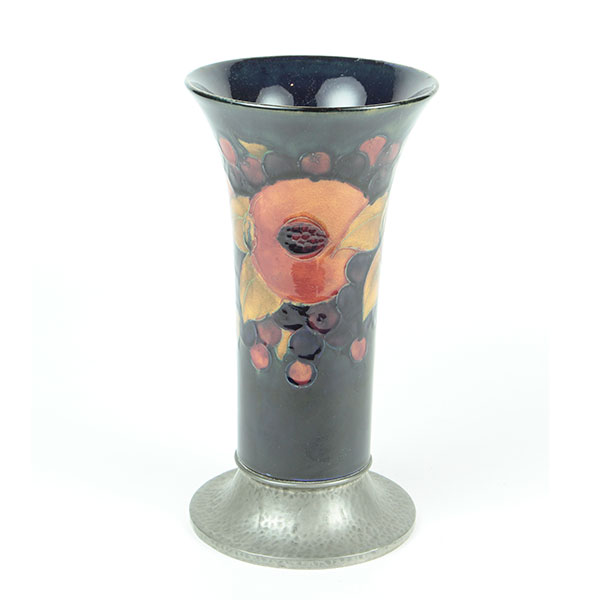
Moorcroft Pomegranate Tudric Vase
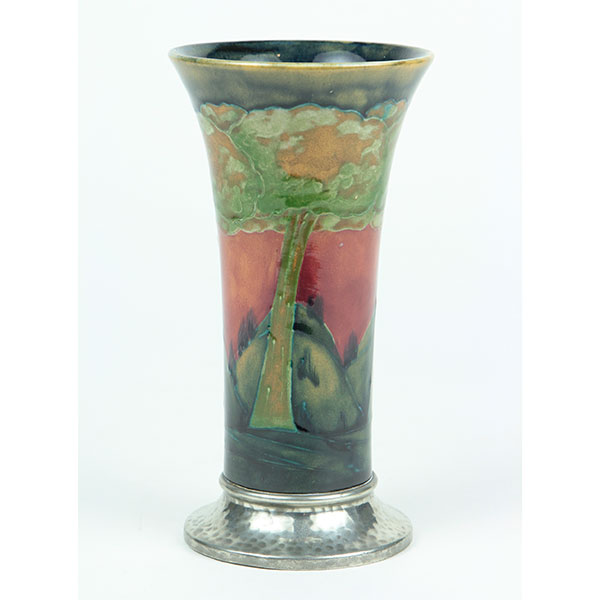
Moorcroft Eventide Tudric Vase
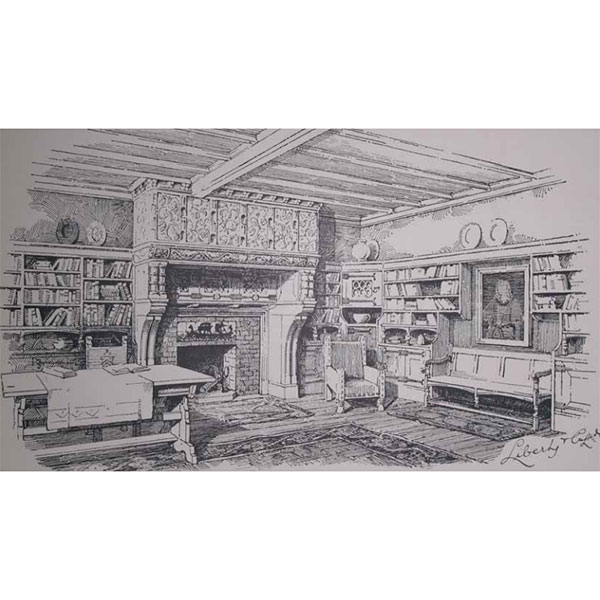
Library Design with DeMorgan Tile Panel
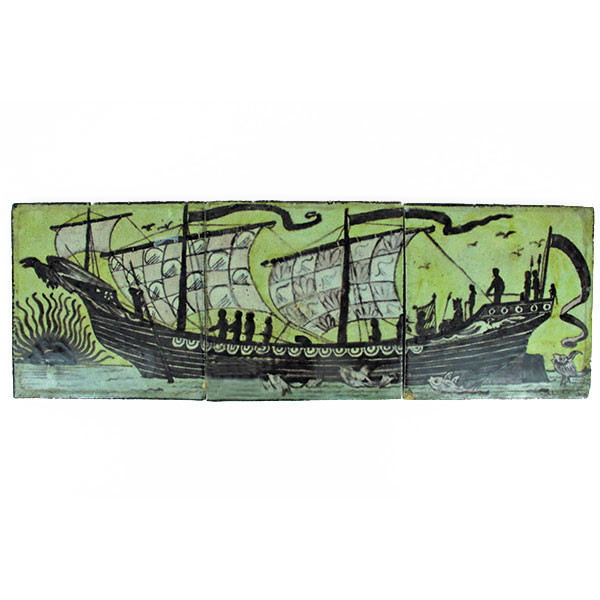
William de Morgan Longboat Tile Panel
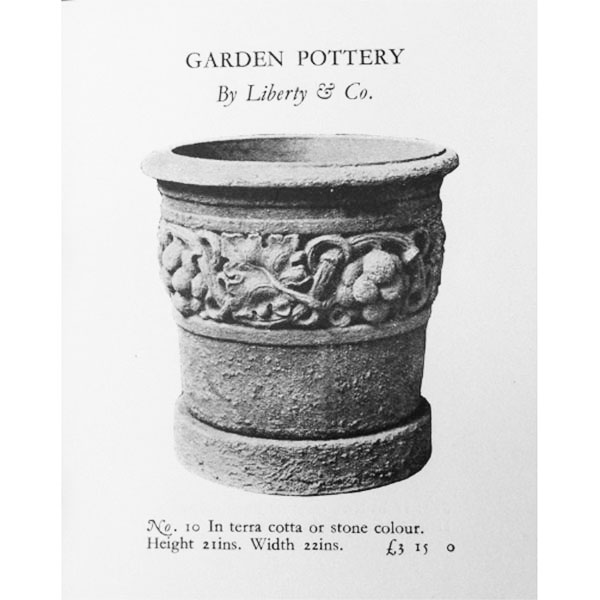
Liberty Garden Pottery
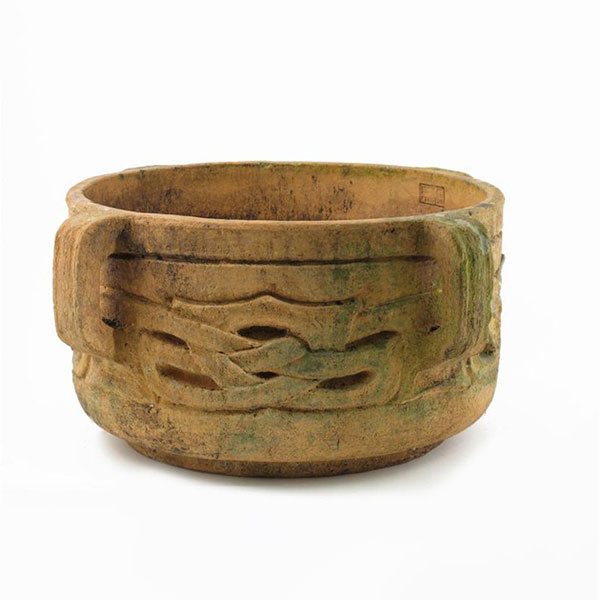
Liberty Beowulf Terracotta Planter Compton Pottery
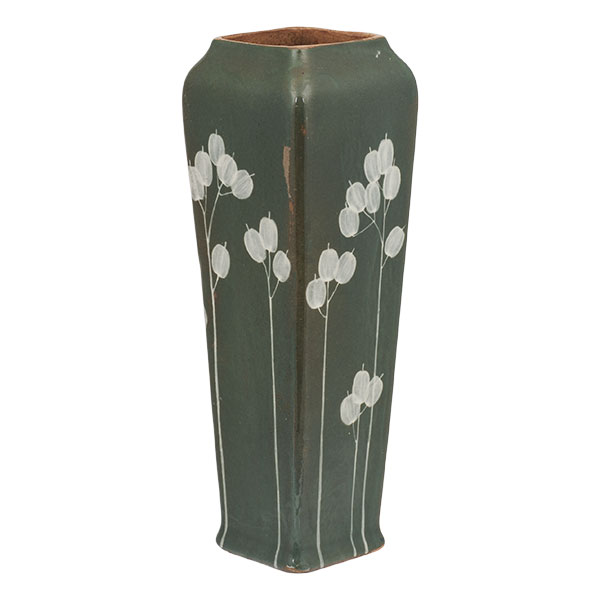
Doulton Honesty Vase for Liberty
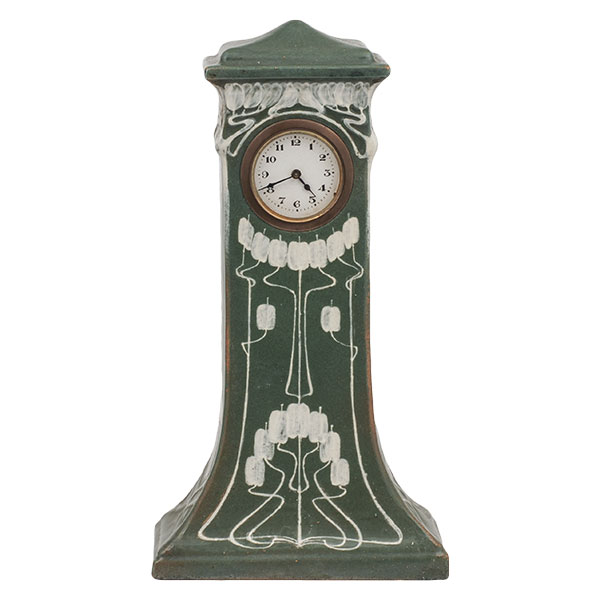
Doulton Honesty Clock for Liberty
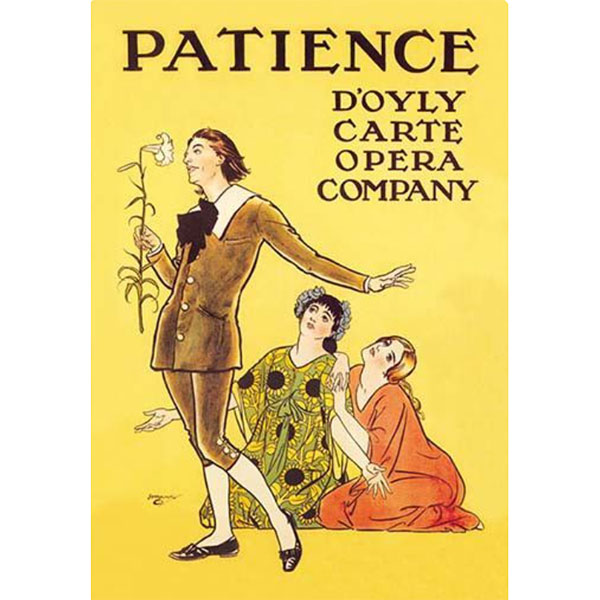
Patience Gilbert Sullivan
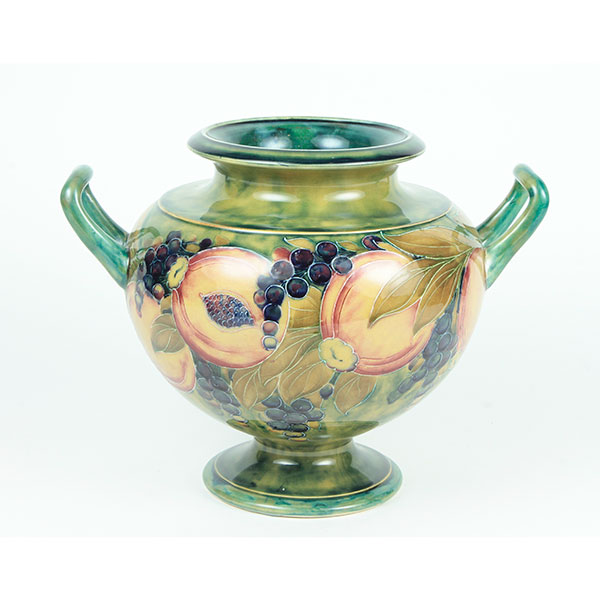
Moorcroft Pomegranate Vase
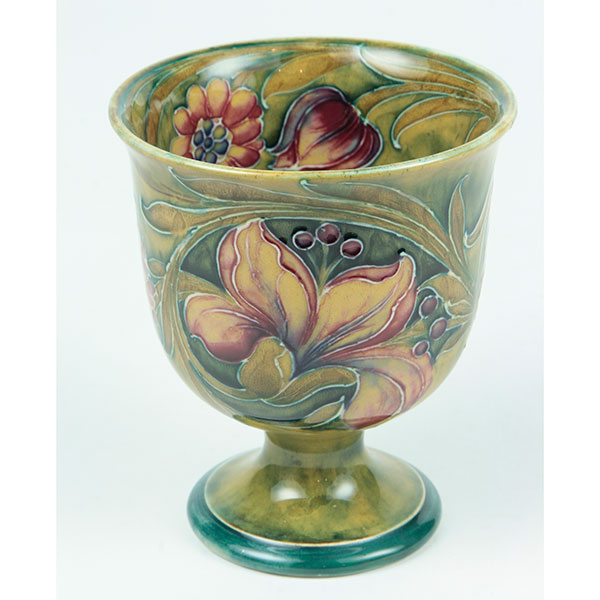
Moorcroft Spanish Ware Cup
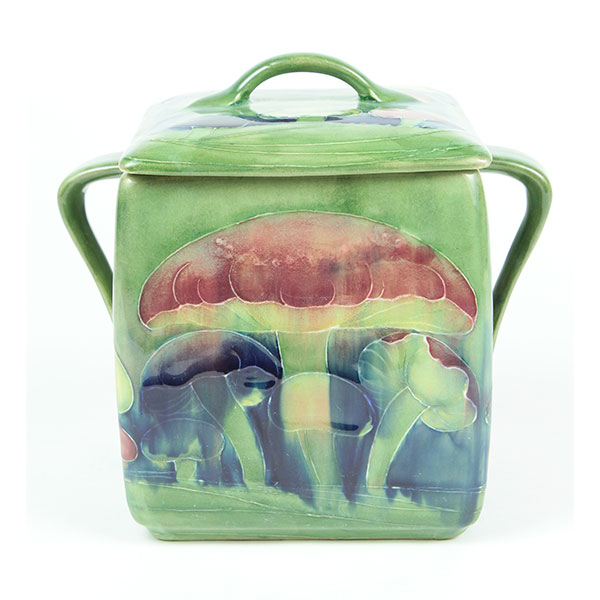
Moorcroft Liberty Peacock Base
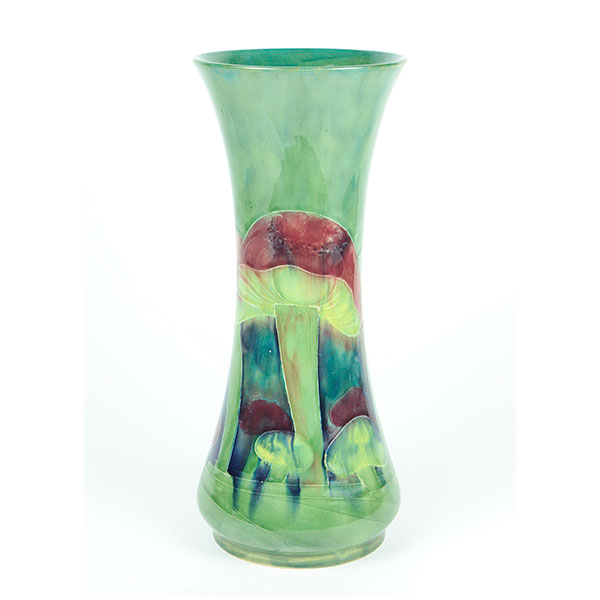
Moorcroft Claremont vase drilled for a lamp base
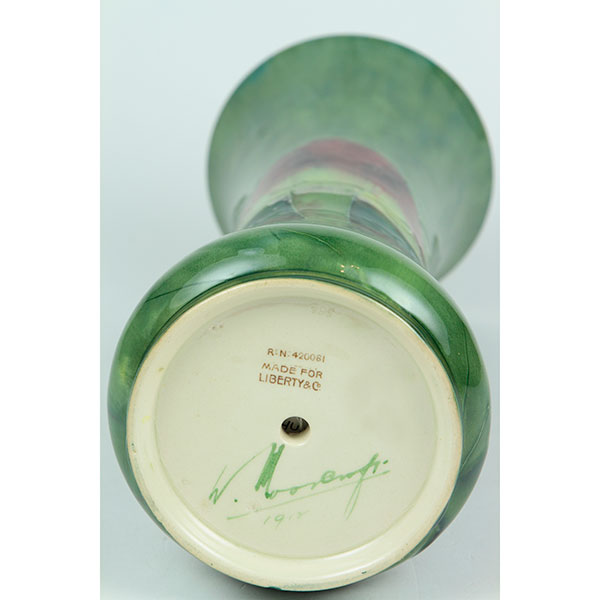
Moorcroft Claremont
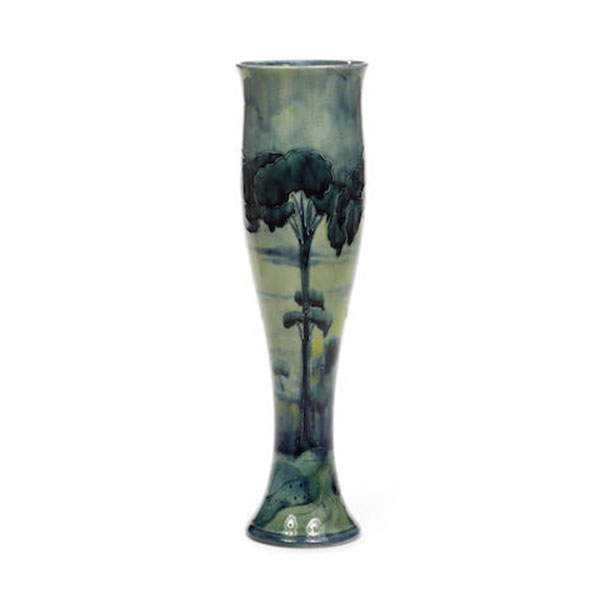
Hazeldene
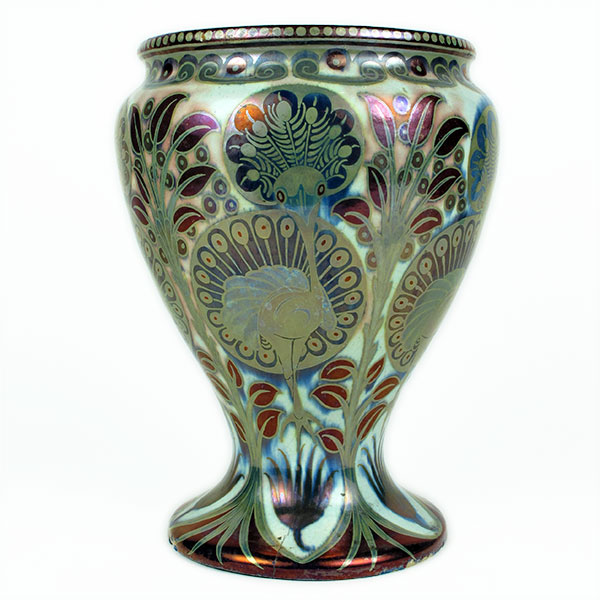
William de Morgan Peacocks Vase
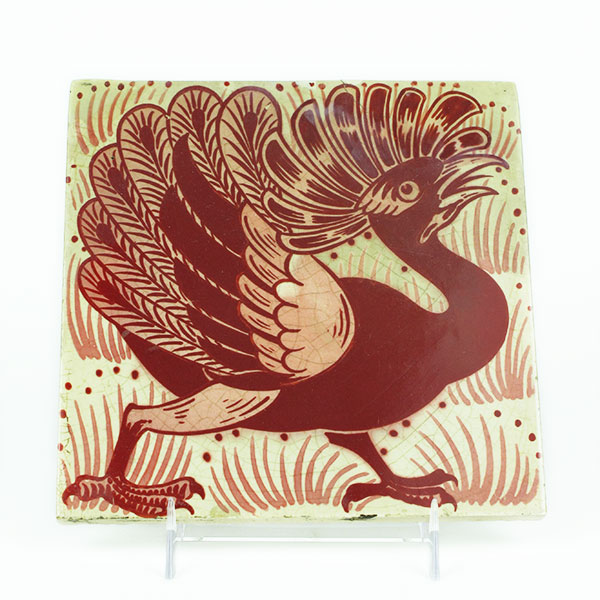
William de Morgan Peacock Tile
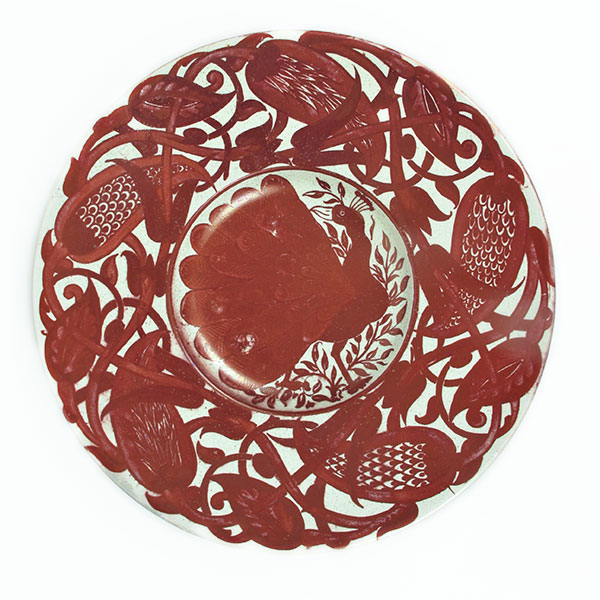
William de Morgan, Peacock Charger
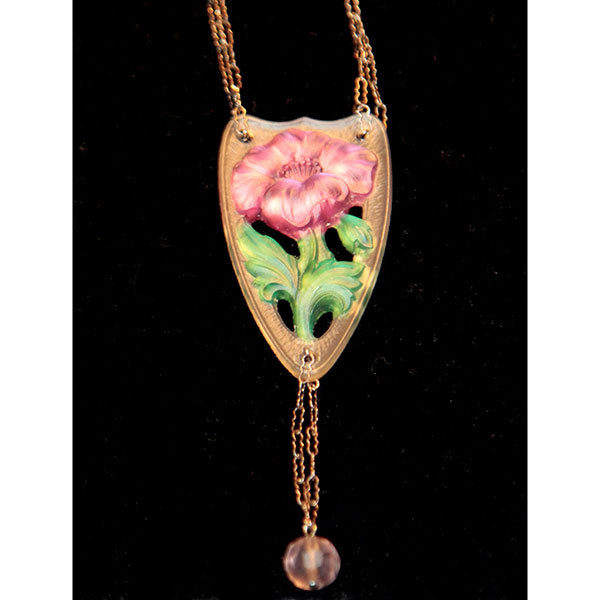
Esther Gold Jewelry
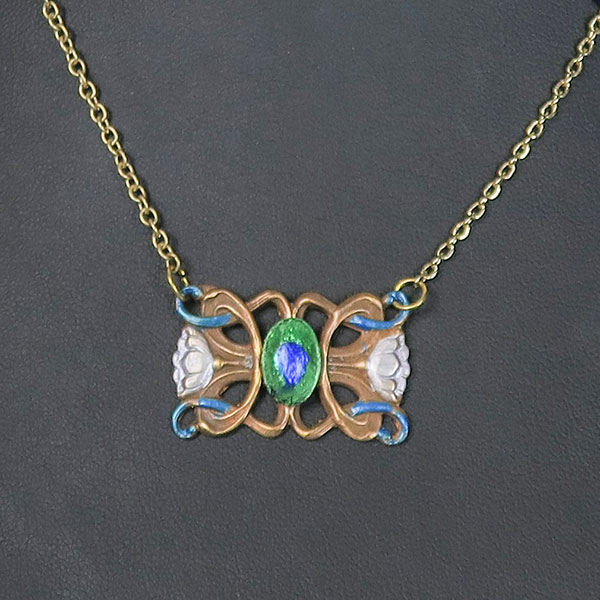
Esther Gold Necklace
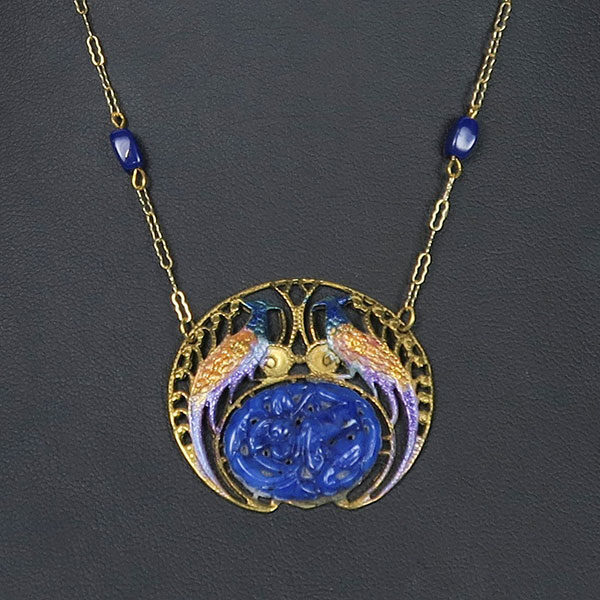
Esther Gold Necklace
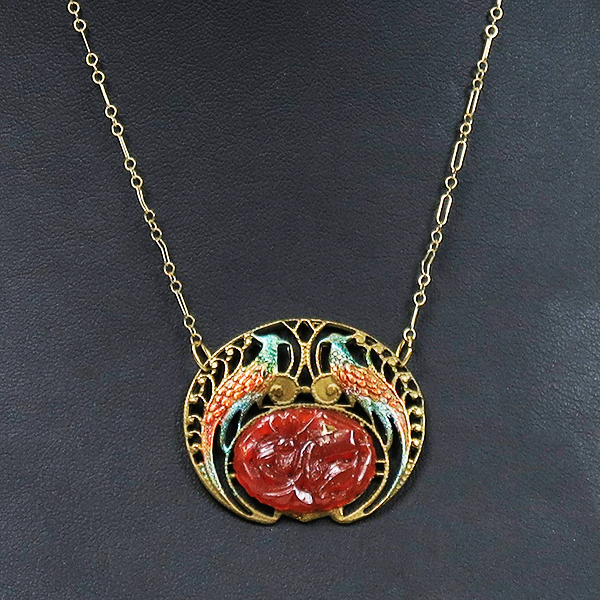
Esther Gold Necklace
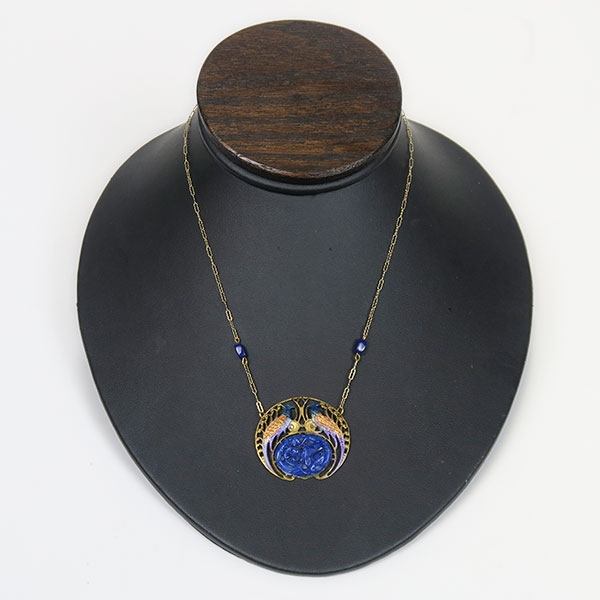
Esther Gold Necklace
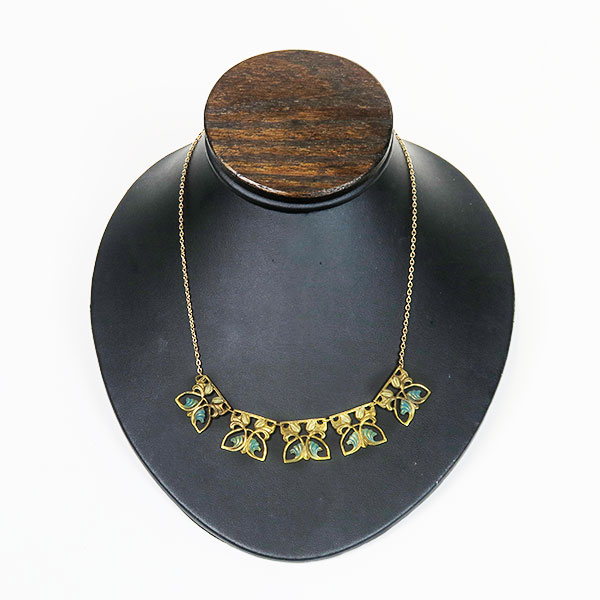
Esther Gold Necklace
